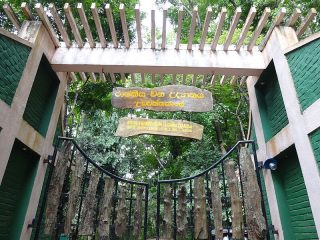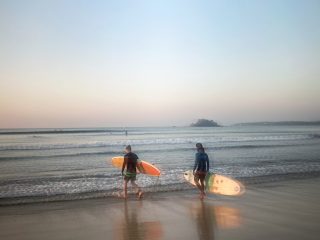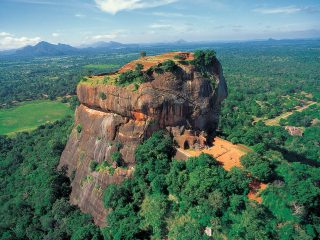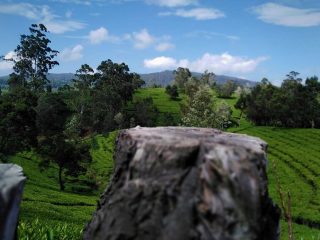At the heart of Sri Lanka’s hillside capital of Kandy, sits a massive body of water which reflects the distant mountain lights at night – the Kandy Lake. If you’re ever in Sri Lanka’s hill country, the lake can be quite a pleasant visit and shouldn’t be passed by for other, more popular attractions.
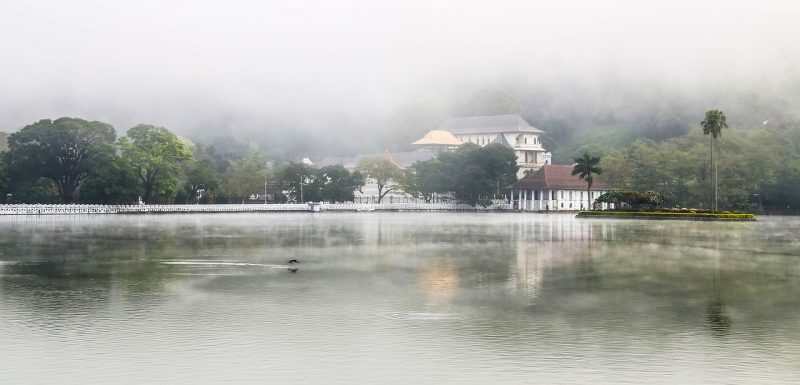
The History of the Lake
The Kandy Lake is, in fact, a manmade reservoir that was constructed by King Sri Wickrama Rajasingha – the island’s last official monarch – in 1807. During this period, several chieftains protested against their men being used as labour for the project – the King promptly sentenced these dissenters to death. Once the British began to rule the island, they began using the small central island at the Lake’s centre as an ammunition store.
Things to Do
The cool and peaceful area that surrounds the Kandy Lake is ideal for an evening jog or an afternoon stroll, especially if you’re staying in a nearby hotel in Kandy, for example, the Kings Pavilion. You can also travel to the south side of the lake and visit the Malwatte Maha Viharaya, one of the major Buddhist temples in the city.
Lake Structures
If you take a closer look at the blue expanse of the Kandy Lake, you’ll notice three distinct structures. The most prominent is the Jayatilleke Mandapaya – a dam built by the King to reach the opposite side of the lake. Then there’s the Cloud Wall which surrounds half of the lake; the other half was never completed as the Kingdom of Kandy fell to the British. Finally, there’s the partly submerged Queens Bathing Pavilion where, as the name suggests, the King’s wives and concubines would come to bathe long ago.
Pollution Problems
Over the past few decades, Kandy Lake has had severe problems due to pollution. The Lake was at one point used to pump water to distribute to the surrounding areas – this was ceased in 1960. Currently, the government has taken action to stop this pollution debacle and has attempted to raise awareness through signs and advertisements.






